Fractals
Fractals are nature's way of echoing itself across scales, a mathematical poetry that repeats its verses from the cosmic to the microscopic. We see them in the branching patterns of trees, the intricate whorls of seashells, and the jagged edges of coastlines. These self-similar structures reveal a fundamental principle of our universe: complexity often arises from simple rules iterated countless times.
We might think of fractals as nature's efficient design strategy. By repeating a basic pattern at different scales, organisms and systems can achieve incredible complexity and adaptability with minimal genetic or informational input. This principle extends beyond the visual realm into the very rhythms of our world - from the fluctuations of stock markets to the beating of our hearts, fractal patterns emerge in the most unexpected places.
Fractals, with their infinitely repeating patterns, offer a profound lens through which to explore the nature of existence and the quest for meaning. These geometric shapes, whose complexity emerges from simple recursive rules, mirror the intricate beauty and order found in nature. From the branching of trees to the swirling of galaxies, fractals encapsulate the essence of complexity arising from simplicity, challenging our perceptions of scale and coherence.
Consider the branching patterns of a fern. Each leaf mirrors the shape of the entire plant, creating a self-similar structure that extends infinitely in both form and scale. This fractal nature reflects the way our lives unfold—where small, seemingly insignificant actions and decisions can cascade into larger patterns of meaning. Just as the fern’s pattern contributes to its growth and survival, the repetitive cycles in our personal experiences often reveal deeper truths about ourselves and our place in the world. By understanding these patterns, we gain insight into the underlying structures that shape our lives.
The implications of fractal thinking stretch far beyond mathematics or natural science. In psychology, fractal analysis has been used to study thought patterns and behaviors, revealing how our minds might operate on similar principles of self-similarity across different scales of cognition.
Fractals also embody the concept of emergence, where complex phenomena arise from simple rules. The Mandelbrot set, a famous fractal, showcases this principle vividly: a single mathematical formula generates an intricate and beautiful boundary, demonstrating how complexity can stem from the most elementary principles. This mirrors our quest for meaning, where profound insights often emerge from fundamental experiences and insights. The seemingly mundane aspects of daily life can, upon closer examination, reveal profound patterns and interconnectedness, leading to a richer understanding of existence.
Moreover, the fractal’s infinite detail encourages a perspective of boundless exploration. Just as one can zoom into a fractal and continually uncover new patterns, our quest for meaning involves an ongoing journey of discovery. Each layer of insight we uncover reveals new dimensions of understanding, much like peeling back the layers of a fractal image. This continuous exploration mirrors our inherent drive to delve deeper into the mysteries of life and existence.
In essence, fractals provide a powerful metaphor for the search for meaning. They illustrate how complexity and beauty can arise from simplicity and repetition, reflecting the deeper patterns that underpin our lives and the universe. By recognizing and exploring these fractal patterns, we gain a deeper appreciation for the intricate order within chaos and the profound connections that weave through our existence.
